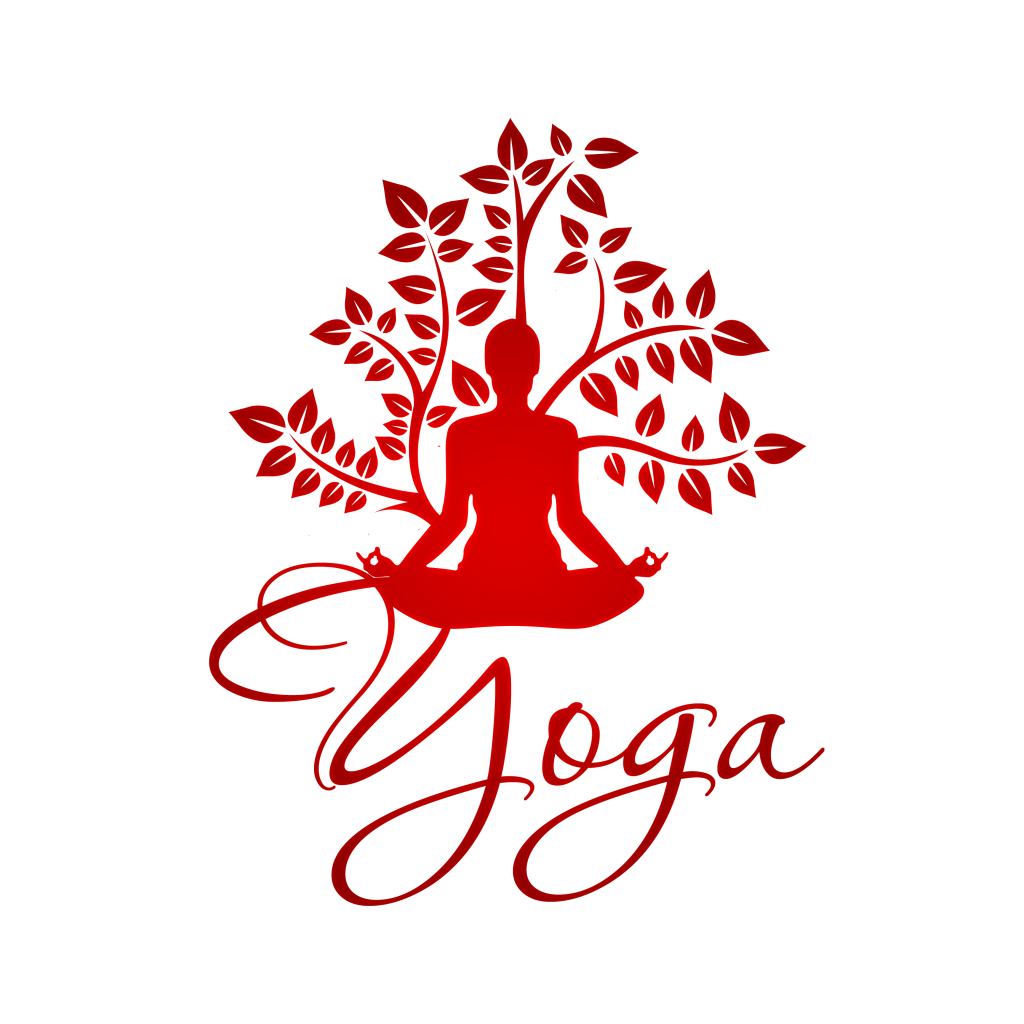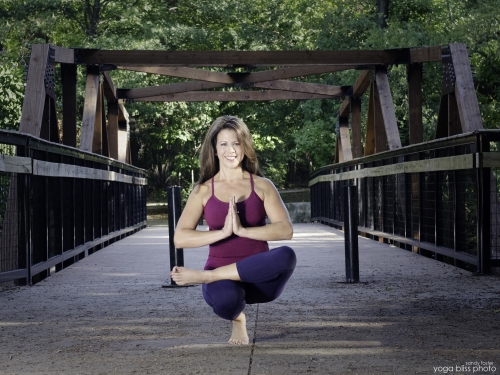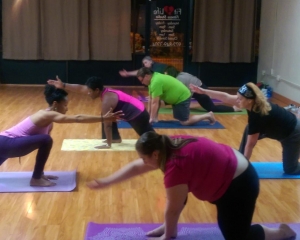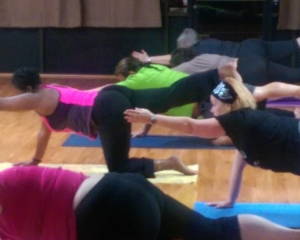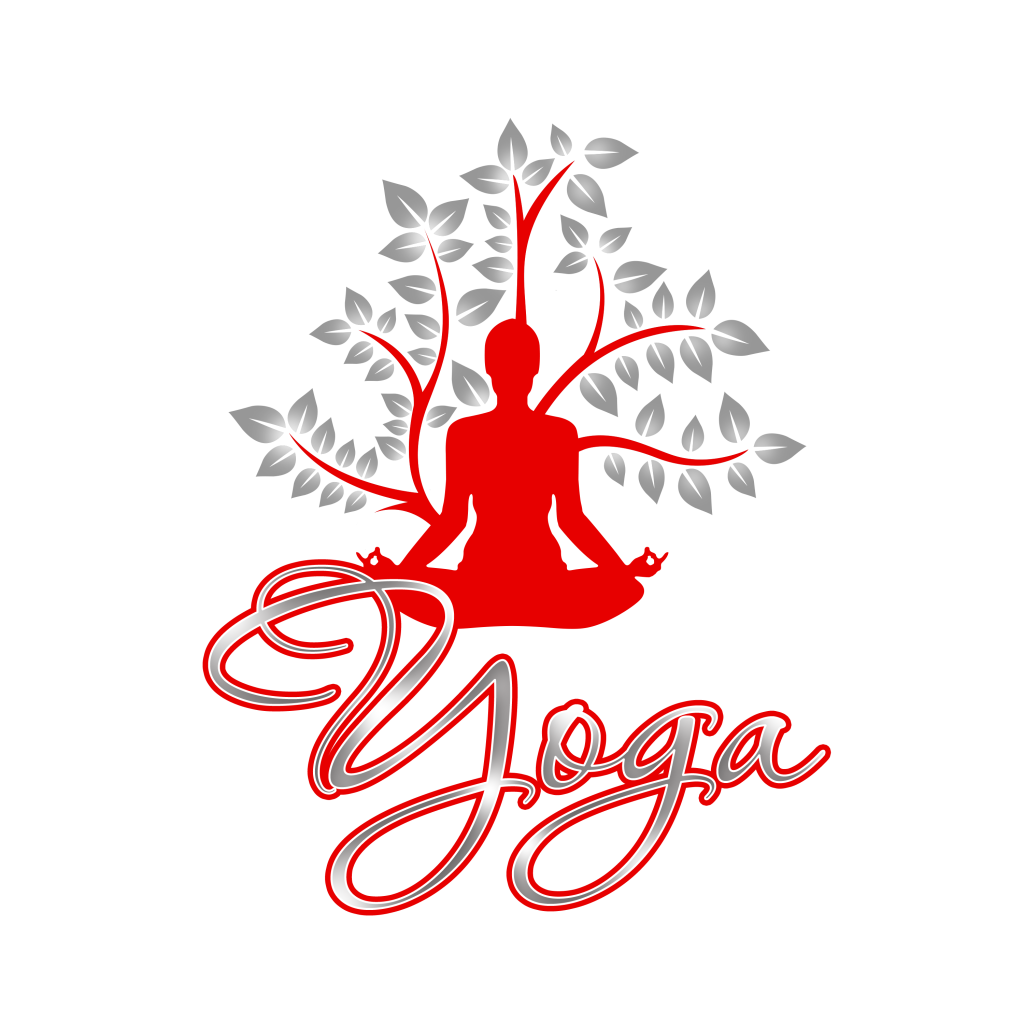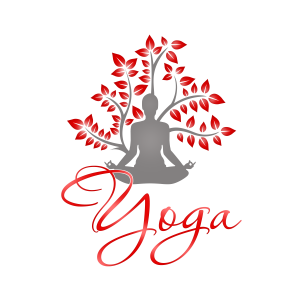Benefits of Yoga
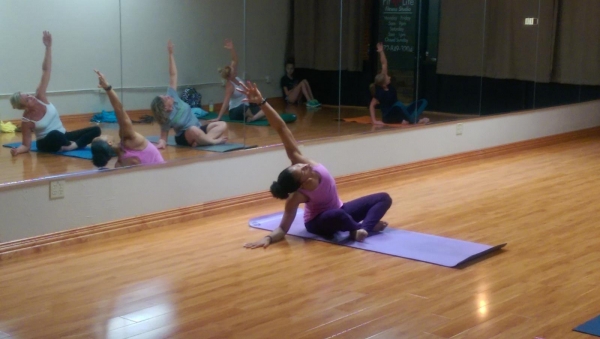 While there are more than one hundred different types of Yoga, most are typically comprised of breathing exercises, meditation, and assuming postures (sometimes called asana or poses) that stretch and flex various muscle groups. The relaxation techniques used in yoga can lower stress, increase respiration, lessen chronic pain, such as lower back pain, arthritis, headaches and carpal tunnel syndrome, and Yoga can also help to lower blood pressure and reduce insomnia.
While there are more than one hundred different types of Yoga, most are typically comprised of breathing exercises, meditation, and assuming postures (sometimes called asana or poses) that stretch and flex various muscle groups. The relaxation techniques used in yoga can lower stress, increase respiration, lessen chronic pain, such as lower back pain, arthritis, headaches and carpal tunnel syndrome, and Yoga can also help to lower blood pressure and reduce insomnia.
Unlike more traditional forms of exercise, yoga’s incorporation of meditation and breathing help a person improve his/her mental well-being. One of the best benefits of yoga is how it helps a person manage stress, which has been known to have devastating effects on the body and mind. Yoga can be a very effective mechanism in developing coping skills and maintaining a more positive outlook on life. Regular yoga practice helps to create mental clarity and calmness, relieves chronic stress patterns, relaxes the mind and helps to sharpen concentration.
Yoga has many more benefits as well. Here are just a few:
- Increased flexibility
- Increased muscle strength and tone
- Improve energy and vitality
- A balanced metabolism
- Weight reduction
- Cardio and circulatory health
- Improved athletic performance
- Protection from injury
Because there are so many different kinds of yoga practices, it is possible for anyone to start. No matter your fitness level, whether you’ve never exercised before or an elite professional athlete, you can still get started on your fitness goals with Yoga. Size and fitness levels are not a factor because there are modifications for every yoga pose and beginner classes in every style.
Yoga also creates an increased awareness of your own body that can lead to improved posture and greater self-confidence.
Hatha – Good for: All levels
Common poses: Gentle stretching, simple arm balances
Temperature: Room temperature (unheated)
Hatha yoga is a general term used to describe the physical practices of yoga. Through a combination of conscious breathing and series of poses called asanas, Hatha yoga corrects the body’s alignment. One of the gentlest styles of yoga, Hatha is a perfect style for beginners, athletes looking to supplement their regular workout with deep stretching, and for more advanced yogis hoping to deepen and perfect their poses.
Ashtanga – Good for: Dedicated yogis
Common poses: Sun salutations
Temperature: Heated (80-90 degrees)
Unlike Hatha Yoga, Ashtanga is a very specific style of yoga. All Ashtanga classes follow a set sequence of poses that begin with an opening sequence, transition to one of six series of poses that vary with difficulty, continues to a back-bending sequence, and end with a finishing sequence and savasana (that final resting pose you always fall asleep in).
While the opening, back-bending, and final sequences are the same in all Ashtanga classes, the second series varies depending on one’s level. In beginner’s classes, the instructor leads all students through same beginner’s sequence while in more advanced classes called Mysore classes, students work independently on their second series depending on what level they’re practicing.
Since Ashtanga is such a specific style, it is highly encouraged to have a committed Ashtanga practice. Traditionally, students practice six days a week, resting only on Saturdays and full and new moon days. Yoga teachers advise that women should not practice Ashtanga during the first few days of their menstrual cycle. There is no music in Ashtanga classes, and classes are not heated.
Vinyasa – Good for: All yogis
Common poses: Sun salutations, Warrior poses
Temperature: Typically unheated
Vinyasa is the most popular yoga style in the United States. Like Hatha, Vinyasa is an umbrella term for flowing, dynamic styles of yoga including Power and Flow yoga. “Vinyasa” simply means to flow with breath from one movement to another, thus Vinyasa emphasizes connecting breath to poses. Achieving perfect alignment in each pose is not necessarily as important as feeling the connection of the breath and body.
Vinyasa classes can be heated or non-heated and with or without music. Classes set to music tend to have a more mental emphasis while classes set to music tend to have a more physical focus.
Since Vinyasa is the least strict style of yoga, Vinyasa instructors are free to personalize their classes. Some instructors may personalize their classes by varying sequences and setting classes to Hip-Hop or other music. Vinyasa classes range from one to two hours in length.
Kundalini – Good for: Spritual yogis
Common poses: Chanting, camel pose, cobra pose
Temperature: Unheated
Kundalini Yoga is a very specific, spiritual style of yoga that consists of a set of Kriyas, a combination of postures, breathing techniques, chanting, and meditation linked together to create a certain result such as detoxification or circulation.
The word “Kundalini” is defined in the yogic texts as the latent energy coiled up at the base of the spine. In order for self-realization to be achieved, Kundalini yogis believe this energy must be stimulated and travel from the lower energy centers of the body to the higher energy centers. Thus, Kundalini yoga aims to stimulate these energy systems to reach self realization.
What differentiates Kundalini from most other styles of yoga is the focus on breath and chanting. Many practitioners find that chanting makes Kundalini a more spiritual practice than other styles. Kundalini classes begin with a simple invocation chant, “Ong Namo Guru Dev Namo,” and end with a personal prayer/song: “May the long time sun shine upon you, All love surround you, and the pure light within you guide your way on.”
Kundalini teachers typically wear white and cover their heads with a scarf or turban. Kundalini classes do involve song, music, chants, and often a gong is played. Classes range from one to two hours. There is a dedicated Kundalini studio called Kundalini Yoga Boston in Harvard Square.
Iyengar – Good for: Yogis of all levels
Common poses: Downward dog, side angle pose
Temperature: Unheated
Iyengar Yoga classes focus on deep stretching and flexibility by holding poses longer than in other classes. Iyengar classes emphasize precise alignment in each pose and thus the use of props such as blocks, straps, blankets, and bolsters is recommended.
Through longer poses and specific breathing techniques, Iyengar yoga has a spiritual focus. Students are encouraged to explore the mind-body connection and are not set to music.
Bikram – Good for: Intermediate/experienced yogis
Common poses: Downward dog, side angle pose
Temperature: Heated (105-108 degrees)
Bikram Yoga, sometimes referred to as Hot Yoga, is a set series of 26 postures practiced in a room that is heated to approximately 105 degrees Farenheit. All Bikram classes are exactly the same, every time, down to even a specific script the teacher recites.
Vyda and Siga Bielkus say there are many benefits to practicing yoga in a heated room. The heat loosens rigidity, allowing people with limited flexibility to get deeper into their poses. Also, similar to sweat lodges in Native American culture and saunas in Northern European culture, Bikram Yogis believe heat to be a source of detoxification and purification.
Since all Bikram classes are exactly the same, regular practitioners can really see their progression. Also, regular students can get into a meditative zone because they are familiar with the sequence of poses.
No music is played in Bikram classes and all classes are 90 minutes long. It is important to come to class well hydrated. While Bikram studios welcome beginners, Bikram is a more challenging introductory style of yoga as modifications are not taught or encouraged.
Yoga Mat – these come in varying thicknesses
Yoga Block – check with your instructor for suggestions on which size
Yoga Strap – a strap will assist with posture and poses
You’ll find our instructors to be both knowledgeable and nurturing. Everyone is welcomed and we know you will thoroughly enjoy your Yoga experience here at Jerome’s Gym. If you have specific questions regarding our Yoga classes, you can contact a Yoga instructor directly at 972-757-7631. Or by email at: forthehealthofit365@yahoo.com
Click here for our Yoga class schedule.
We can’t wait to see you!

